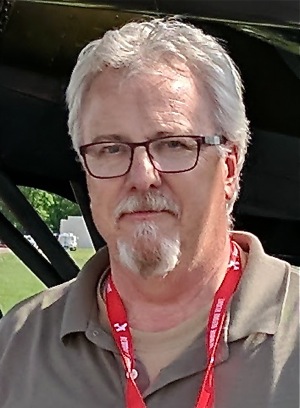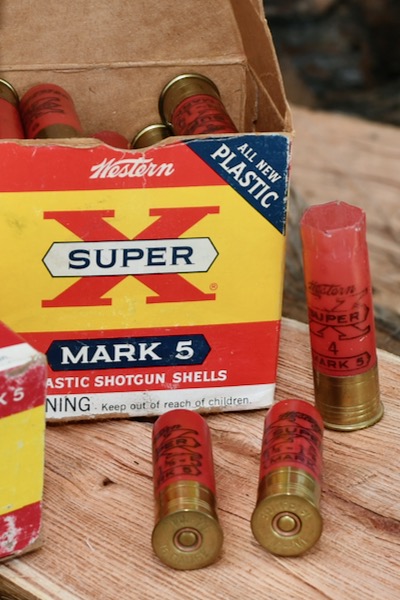From an inauspicious beginning, some dedicated men made it their life’s work to bring the wild turkey back to the Ohio woodlands. And a half century later they’re one of the state’s most popular outdoor pursuits.
Jim Abrams for Press Pros Magazine
 I was lucky to have been encouraged to join the Boy Scouts especially because it pushed me to be outside, someplace I really wanted to be, anyway. There were Merit Badges and campouts and learning to work alone and in teams. One of my favorite times was attending summer camp at Leesville Lake in Ohio’s southeastern hill country.
I was lucky to have been encouraged to join the Boy Scouts especially because it pushed me to be outside, someplace I really wanted to be, anyway. There were Merit Badges and campouts and learning to work alone and in teams. One of my favorite times was attending summer camp at Leesville Lake in Ohio’s southeastern hill country.
Located in Carroll County, the lake offers a lot of angling possibilities and includes one of the premier spots for those hoping to catch a trophy-sized muskellunge. That thought is what drew me to the water’s edge one afternoon during that ancient year of 1969.
I was walking along a path dreaming of hooking one of the barracuda-looking fish when the woodlot exploded. A giant something had jumped up and taken flight, causing me to take my own leap that was only hampered by overhanging trees.

Retired wildlife officer Jim Abrams regularly writes about the great outdoors for Press Pros Magazine.
After I calmed down a bit and decided that bears are very unlikely to fly, I began my investigation. I quickly found a nest of goose-sized eggs just a few feet from the wooded path. I also found a wing feather laying nearby which I quickly grabbed before quietly leaving the area.
That was my first exposure to wild turkeys, a bird which had once been extirpated from the state and had only recently been successfully reintroduced. We are now upon Ohio’s 2021 spring turkey season but it’s important to remember the incredible work that secured the big bird’s future.
When Ohio became a state in 1803, wild turkeys inhabited every corner but just 100 years later, they were gone. Their numbers declined quickly due to unregulated hunting and as their preferred forested habitat was converted to cropland, subjected to intensive lumbering without replanting and as the process of coal mining ravaged hillsides and turned streams orange with iron oxide waste. Little thought was given to the environmental impact that was occurring.
It looked like Ohio turkeys would be relegated to farm birds and Thanksgiving platters. Fortunately, Bob Donohoe wouldn’t stand for the wild turkeys’ unwarranted disappearing act. A lead wildlife biologist with the Ohio Division of Wildlife, Donohoe’s job was dedicated to bringing the wild turkey back to the state’s forests. He joined fellow biologist Charley McKibben and together, they got to work.
 Between 1952 and 1957, wild turkeys raised on game farms were released in non-glaciated southeastern Ohio but it became quickly evident that these stockings were unsuccessful. The birds held too many characteristics of their domestic cousins, making them easy targets for predators; 2-legged, 4-legged and 2-winged. They were also more prone to disease than wild strains.
Between 1952 and 1957, wild turkeys raised on game farms were released in non-glaciated southeastern Ohio but it became quickly evident that these stockings were unsuccessful. The birds held too many characteristics of their domestic cousins, making them easy targets for predators; 2-legged, 4-legged and 2-winged. They were also more prone to disease than wild strains.
Even so, it was hypothesized that areas of densely wooded Zaleski State Forest in Vinton and Athens Counties and Tar Hollow in Ross County could prove to be suitable areas for future efforts.
From 1956 to 1963, a new reintroduction program began with 142 birds live trapped from West Virginia, Missouri, Alabama, Kentucky, Texas, Arkansas and Florida. They were shipped by air and rail and stocked in deeply wooded areas that were of at least 9,000 acres each. It was felt that stocking in a less forested area would lead to lower survival rates, and these birds weren’t easily, quickly nor cheaply replaced.
 Between 1960 and 1971, Ohio caught and relocated an additional 255 resident birds to new locations. By 1966, it was felt that there were enough birds roaming nine southeastern counties to sustain the state’s first turkey season in 64 years and 12 birds were harvested. 1967 saw an additional five counties open and the harvest total jumped to 264 birds. The population was definitely headed in the right direction.
Between 1960 and 1971, Ohio caught and relocated an additional 255 resident birds to new locations. By 1966, it was felt that there were enough birds roaming nine southeastern counties to sustain the state’s first turkey season in 64 years and 12 birds were harvested. 1967 saw an additional five counties open and the harvest total jumped to 264 birds. The population was definitely headed in the right direction.
Donohoe continued to lead the efforts to grow the wild turkey’s footprint in the state while believing that the most prosperous stocking plans should only include areas in heavily forested areas. He was also instrumental in training the next generation of wildlife managers and game protectors. Donohoe often served as a guest instructor at both The Ohio State University and Hocking College, schools that many future employees were attending – including a visit to one of my own classes.
The early work of Donohoe and McKibben continues with today’s current batch of wildlife biologists complimented by the protection afforded by carefully crafted regulations and the diligent oversite of Ohio’s wildlife officers.
Contrary to earlier information, it’s been found that wild turkeys can establish themselves in areas that have as little as 15% forestation. This is the type of cover found in many parts of the Great Black Swamp area. With that new knowledge, stocking efforts were renewed over the entire state. Importing the birds was no longer necessary and the new batch of transplants came from healthy populations around Ohio. Today, they can once again be found in each of Ohio’s 88 counties.
Ohio is divided into two zones for the spring turkey hunting season: a south zone, which opens to hunters on Saturday, April 24, and a northeast zone, which opens to hunters on Saturday, May 1.
In 1984, the harvest from select counties topped 1,000 for the first time and in 2000, the entire state opened to hunting with more than 20,000 bagged. In 2020, hunters harvested 17,894 wild turkeys during the spring season with the top ten counties being: Belmont (533), Monroe (532), Tuscarawas (528), Guernsey (508), Meigs (503), Muskingum (499), Washington (484), Harrison (458), Coshocton (450), and Ashtabula (449). This year, it’s expected that 50,000 licensed hunters will be looking to add a turkey to the dining room table.
“The spring wild turkey hunting season is one of Ohio’s most highly-anticipated events for those who appreciate the outdoors,” said Wildlife Chief Kendra Wecker.
Chief Wecker, I couldn’t agree more. You can find all the season’s details at http://wildlife.ohiodnr.gov/.
“The turkey’s eyes are such that he can see a bumblebee turn a somersault on the verge of the horizon.” – Archibald Rutledge


